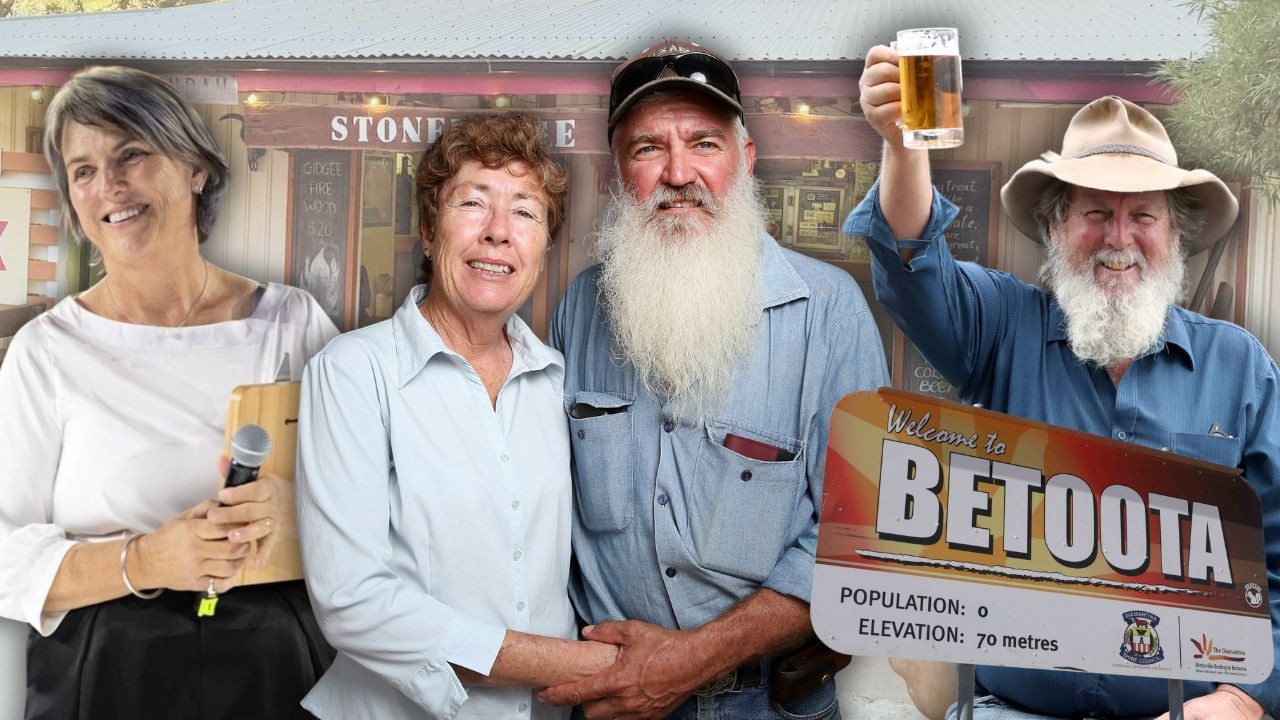‘Thought I was in prison’: Life inside nightmare lunatic asylum
It has been the stuff of rumour and colourful stories for years. Now a former patient reveals the hellish nightmare of living inside a southeast Queensland asylum for the ‘criminally insane’.
Ipswich
Don't miss out on the headlines from Ipswich. Followed categories will be added to My News.
For many former patients, The Woogaroo Lunatic Asylum felt more like a prison than not despite opening more than a century ago as an alternative to jail for the “criminally insane’’.
What is now the site of forensic mental health facility The Park has gone by many names over the years.
Now a sole patient not subjected to a gag order has dished on what it was like living inside the notorious mental hospital.
Its dark history is even more nightmare-inducing than its Ipswich counterpart, the Challinor Centre.
The Woogaroo Lunatic Asylum, as it was first known, opened on January 10, 1865, with the first 69 patients transferred from Brisbane Gaol.
Throughout the next century, the facility and its leadership team faced challenge after challenge.
But those challenges were nothing compared with the reality of tens of thousands of patients lived — and often died — within the centre’s walls.
Until it closed in 2001, more than 50,000 mental health patients were admitted — many against their will.
Many were subjected to treatments the Queensland Government and relevant health authorities would rather now forget.
One such patient, Mary*, said she was a patient at Wolston Park (as it was then known) in late 1988.
She said the treatment she received there has left her scarred 35 years later.
Mary was just 17 when she was first admitted to the infamous Osler House female ward for criminally insane women.

She grew up in an horrifically abusive household.
After police ignored her when she told them her mother had attempted to stab her father she tried to take her own life.
Following several failed attempts, Mary was forcefully admitted to Osler House on two occasions and later to Lewis House A.
She spent almost eight months in the facility and described it as the scariest and most degrading period of her life.
“I woke up in Osler House and I honestly thought I had died and travelled back in time to the early 1900s,” she said.
“I was in a room with a locked door. No light switch, no chair, nothing but a wooden bed and there were two small stripes in the door.
“When I complete woke up I thought I was in prison.”
Mary is reputedly the only surviving former patient of Osler House not subjected to a gag order by the Queensland Government, allowing her to speak out.
But she was not eligible for financial compensation related to her treatment.
Long her time at the centre, Wolston Park had been the subject of numerous government inquiries and Royal Commissions which investigated allegations of chronic overcrowding, patient mistreatment and poor facilities.
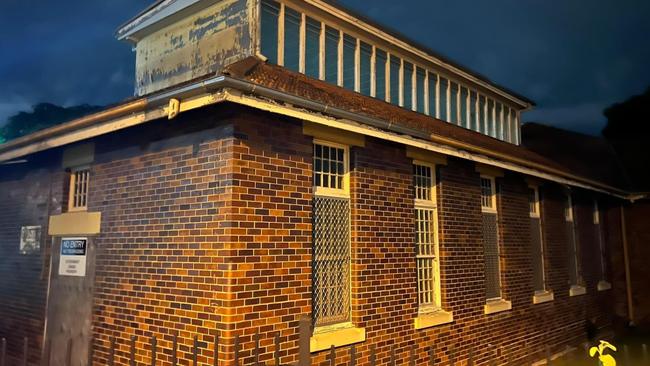
The site is now heritage listed and its history is extensively detailed on the Queensland Government’s Heritage Register, including acknowledgment of the darker aspects of its history.
“For those admitted between 1865 and the 1950s, their experience while incarcerated was often of overcrowding, insufficient staffing, and unpaid work,” the register said.
“Later, when the institution’s efforts turned to proactively treating mental illness and returning patients to the community, patients underwent experimental drug or electroconvulsive therapies.”

“Physical and mental abuse of patients by some staff members was always a possibility, as was sexual abuse.”
The impact the horrific conditions and patient treatment also affected staff.
Some former staff struggled to even speak about their time working at the centre, describing it as “gruesome.”
At one stage, there were reports in The Queensland Times of mass grave exhumations from the centre’s cemetery.
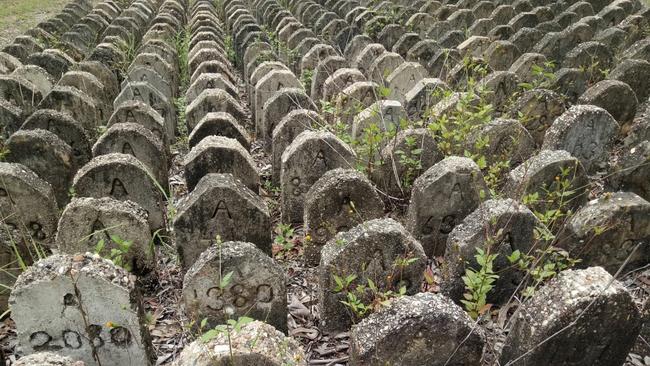
On November 29, 1946 it was reported that 2800 bodies had been exhumed from the hospital’s cemetery and taken to the Goodna Public Cemetery.
Patients were tasked with the responsibility of moving the bodies.
The number of graves exhumed has been widely contested.
Some believed the number was a misprint and possibly only 280 graves were exhumed.
But a plaque at the Goodna Cemetery suggested 192 bodies were relocated, along with 2300 markers.
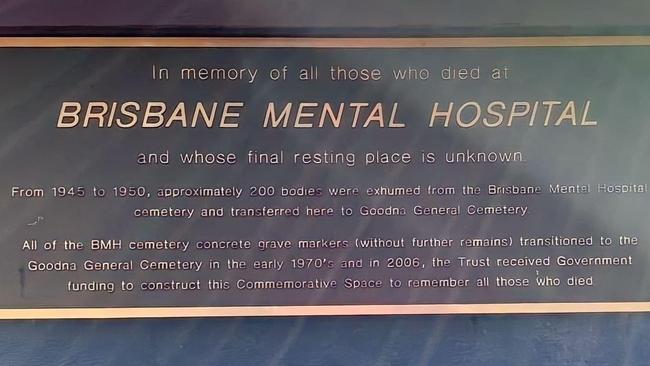
Councillor Paul Tully, a trustee of the Goodna Cemetery confirmed that the transfer of bodies occurred in two parts.
“For those buried less than 30 years, they were exhumed and given a religious burial with the standard two witnesses,” he said.
“These all appear in the official cemetery register.”
“A couple of thousand others who were buried for more than 30 years were not exhumed but their rough concrete headstones, bearing a number but no name, were transferred to the Goodna cemetery.”
“To my knowledge, there are no surviving records from the Asylum which correlate names to the gravestones - a most unfortunate situation.”
Many original buildings still remained, attracting “urban explorers” or people wishing to get a glimpse of the notorious building.

West Moreton Health actively discouraged this and said the facility’s status as a high-security forensic mental health centre meant it provides inpatient care in partnership with the nearby prison.
Ghost tours have been run at the facility in the past and many with a connection to the facility have shared their often terrifying recollections on social media pages.
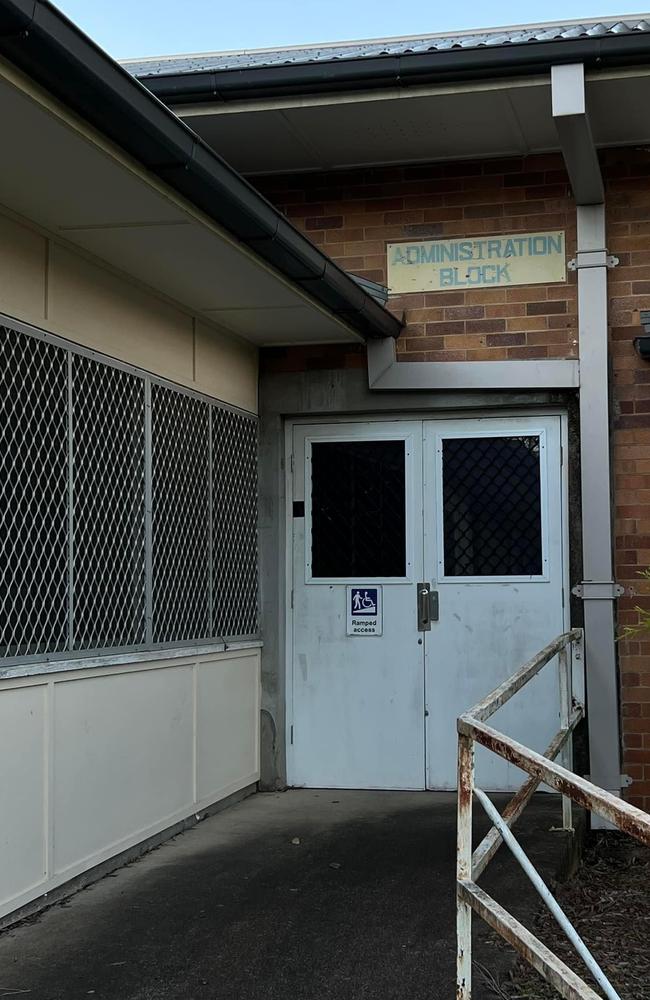
Today, The Park Centre for Mental Health has committed to addressing past practices.
As well as providing forensic mental health services, it is also home to nation-leading mental health education and resources.
The Queensland Centre for Mental Health Research and the Learning Centre both aimed to provide vital non-clinical services and education to professional who may have clients suffering from mental health.
Stigma and misconceptions around mental health and appropriate treatment for various conditions still exist today, though far less significantly than when the centre was first constructed.
The research and education centres at The Park now aim to reshape the public’s view of mental health.



